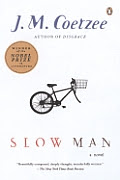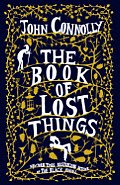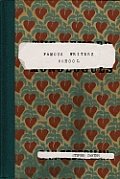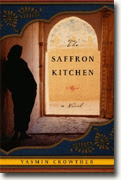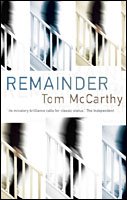BOOK REVIEW: Spinning Dixie by Eric Dezenhall
 Presidential Press Secretary and professional spinmeister Jonah Eastman commits hari-kari after commenting on a Yemen-born suicide bomber who killed himself and 24 football fans: “It’s hard to believe Western civilization is going to be taken down by a bunch of cabdrivers.” While his career is in a nosedive, his recent loose lips leave him free to help the mysterious blond who shows up at the White House gates carrying a letter from his teenage love Claudine Polk.
Presidential Press Secretary and professional spinmeister Jonah Eastman commits hari-kari after commenting on a Yemen-born suicide bomber who killed himself and 24 football fans: “It’s hard to believe Western civilization is going to be taken down by a bunch of cabdrivers.” While his career is in a nosedive, his recent loose lips leave him free to help the mysterious blond who shows up at the White House gates carrying a letter from his teenage love Claudine Polk.
Jonah hies off to Tennessee to help save Claudine’s beloved family plantation, Rattle & Snap, from his teenage nemesis and Claudine’s soon-to-be ex-husband J.T. Hilliard. Can this Yankee spin-doctor help his southern belle start a second civil war and perhaps save his own future at the same time?
Billed as a blending of The West Wing, Gone with the Wind and The Godfather, Spinning Dixie is the fourth Eric Dezenhall novel to feature Jonah Eastman. Spinning Dixie, while on the surface a novel about politics and spin, is a novel about first love and the compelling force it can have even 25 years later. Alternating between the summer after Jonah’s senior year in high school and the present, Dezenhall has created a scenario certain to unleash havoc – a New Jersey kingpin’s grandson in Tennessee wooing the granddaughter of a Confederate general on her family’s plantation.
Not having read any of previous three novels, it was difficult to determine where Spinning Dixie fits into Jonah’s story. The novel stands on its own and is chock-full of characters certain to steal readers’ attention: Jonah’s flamboyant grandmother DeeDee; Claudine’s little brother Six; or “the Panamanian,” a colleague of Jonah’s who specializes in intelligence work.
The most compelling sections of this novel are the parts from Jonah’s teenage years. Dezenhall has captured the dichotomy of youthful passion; the hopefulness and sense of wonder, the undercurrent of doom and the inevitable painful ending. The tension between Jonah and Claudine’s worlds turn their romance into one of epic proportions, the doomed romance which has the power – even 25 years later – to draw Jonah back into Claudine’s sphere.
ISBN10: 031234063X
ISBN13: 9780312340636
Hardcover
336 Pages
Publisher: St. Martins Press
Publication Date: December 26, 2006
Author Website: www.dezbooks.net
